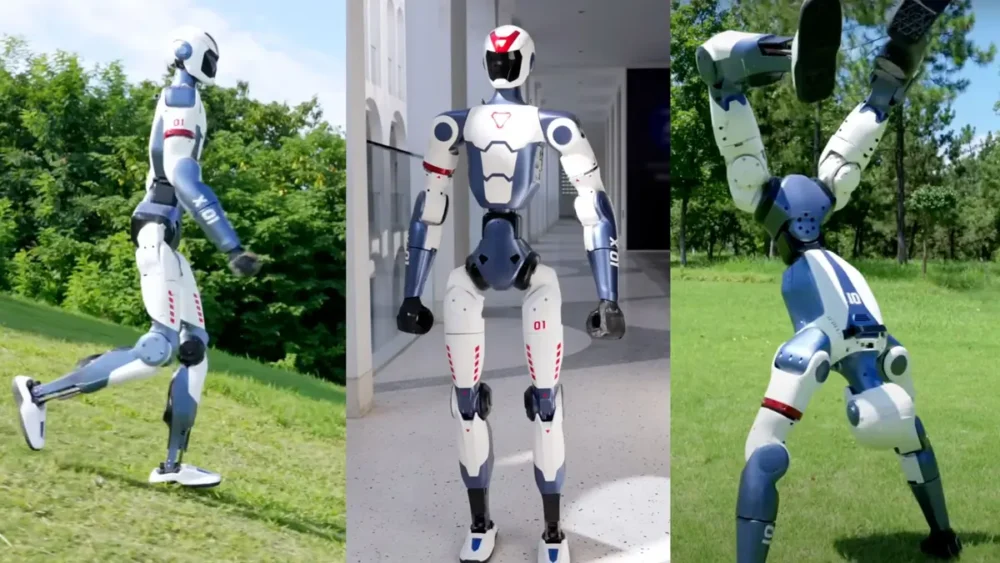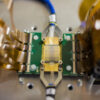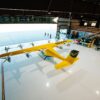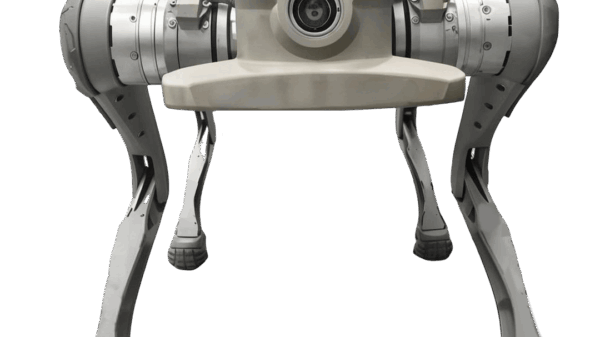It seems that even athletes aren’t exempt from the threat of replacement by artificial intelligence.
On Friday, Chinese-based Unitree Robotics launched the R1, a humanoid robot with 26 joints, priced at just 39,999 yuan (about USD$5,900).
Marketed as “born for sport,” the R1 cartwheels, runs downhill, and quickly recovers from falls in company videos. These athletic feats typically require far more expensive machines.
Unitree aims the R1 at individual developers and early-stage research teams rather than casual hobbyists. The robot offers advanced capabilities rarely seen below the low-five-figure price range. In addition, it undercuts Unitree’s previous models by a wide margin.
The earlier G1 model, standing 130 cm tall and weighing 35 kg, starts at 99,000 yuan (USD$13,800). The 180 cm flagship H1 lists at US $90,800. However, both G1 and H1 have already proven their value in factories.
Electric-vehicle makers Nio and Geely currently pilot these units to handle repetitive and precision assembly-line tasks. The R1 serves as a low-cost gateway for software developers building on the same control stack.
Unitree’s pricing puts pressure on American and European competitors. These rivals have struggled to lower their costs to similar levels. Tesla Inc‘s (NASDAQ: TSLA) Optimus, still experimental, is expected to cost “under USD$20,000” only after producing one million units annually.
Meanwhile, Figure AI’s 70 kg robot operates at BMW’s Spartanburg, South Carolina plant. BMW calls it “one of the most advanced humanoid robots in operation.” It carries an informal price tag of around USD$50,000.
Read more: Malaysia enhances AI stature with US$2.3B investment, NVIDIA partnership
Read more: AI brings Wizard of Oz to life like never before in Las Vegas
Robotics is a swiftly emerging industry
Apptronik’s Apollo, now in intralogistics trials at Mercedes-Benz sites in Berlin and Hungary, also targets a sub-US $50,000 cost once scaled. By contrast, Agility Robotics’ Digit costs about USD$250,000. However, clients such as GXO Logistics rent it by the hour for about USD$30.
UBTech’s Walker S, lifting parts at Chinese EV plants, is priced near USD$100,000. One notable outlier is the open-source HopeJR from Pollen Robotics and Hugging Face. It recently launched at about US $3,000 but remains a community experiment rather than an industrial solution.
Against this backdrop, the R1’s under USD$6,000 price stands out. Although smaller and lighter than most western robots, it demonstrates acrobatic motion and rapid recovery. Therefore, it could match basic locomotion and manipulation tasks at a much lower cost.
Coco Feng of the South China Morning Post reports that Unitree filed tutoring documents with Chinese regulators just days before the R1 launch. This marks an early step toward a potential IPO later this year. If successful, Unitree could become the first pure-play humanoid robot firm listed on a mainland exchange.
The R1 expands Unitree’s humanoid lineup, complementing the more advanced G1 and H1 robots already active in industry. By showcasing its dynamic movements, Unitree argues that the R1 is not hobby-grade. Instead, it positions the robot as a modular platform capable of advancing into light industrial work.
.
joseph@mugglehead.com













